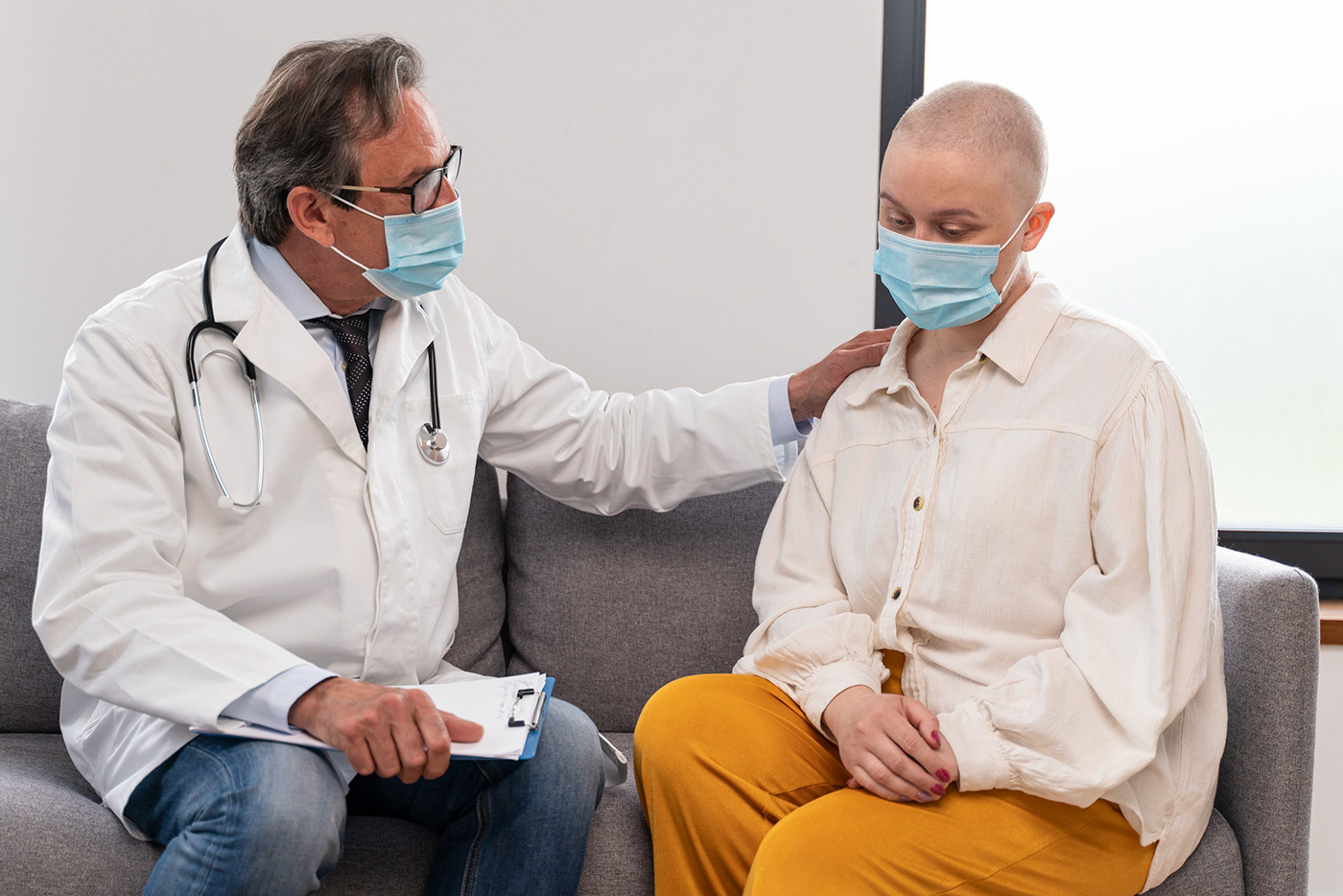The Importance of Early Detection in Head and Neck Cancer:

Head and Neck Cancer Treatment encompasses a range of strategies tailored to the specific location and stage of the malignancy. Although these cancers may not garner as much attention as others, their ramifications can be profound, influencing fundamental functions such as swallowing, breathing, and speech. Detecting these cancers early is crucial for improving treatment outcomes and prognosis. In this article, we'll explore the significance of early detection in addressing this disease and discuss various treatment modalities available.
1. Understanding Head and Neck Cancer:
Head and neck cancer encompasses a range of malignancies affecting the oral cavity, pharynx, larynx, paranasal sinuses, and salivary glands.
Risk factors include tobacco and alcohol use, human papillomavirus (HPV) infection, poor oral hygiene, and exposure to certain chemicals and toxins.
Symptoms may include a persistent sore throat, difficulty swallowing, a lump or sore that doesn't heal, changes in voice, and unexplained weight loss.
2. Challenges of Late Diagnosis:
Unfortunately, head and neck cancers are often diagnosed at advanced stages due to nonspecific symptoms and a lack of routine screenings.
Late diagnosis leads to more extensive treatment regimens, decreased treatment efficacy, poorer quality of life, and reduced survival rates.
Advanced-stage cancers may require aggressive treatments like surgery, radiation therapy, and chemotherapy, which can be physically and emotionally taxing for patients.
3. The Role of Early Detection:
Early detection significantly improves treatment outcomes and patient survival rates.
Routine screenings and awareness campaigns are crucial in identifying suspicious symptoms early on.
Dentists, primary care physicians, and otolaryngologists play vital roles in conducting screenings and referring patients for further evaluation if necessary.
Diagnostic tools such as endoscopy, imaging studies (CT scans, MRI), and biopsy aid in confirming the diagnosis and staging the cancer.
4. Benefits of Early Treatment:
Early-stage head and neck cancers are often more treatable with less aggressive therapies.
Treatment options may include surgery, radiation therapy, chemotherapy, targeted therapy, or a combination thereof.
Preservation of critical functions like swallowing, speech, and breathing is more achievable with early intervention.
Patients diagnosed at an early stage have better chances of cure and improved overall quality of life post-treatment.
5. Empowering Patients and Healthcare Providers:
Education and awareness are key to empowering individuals to recognize potential symptoms and seek timely medical attention.
Healthcare providers should emphasize the importance of regular screenings, especially for individuals at higher risk.
Public health initiatives should focus on tobacco cessation programs, HPV vaccination campaigns, and promoting oral hygiene practices to reduce the incidence of head and neck cancers.
Conclusion:
Prompt detection stands as the foundation in combatting head and neck cancer. Swift recognition of symptoms, alongside regular screenings and immediate medical assessment, holds the potential to substantially enhance patient prognosis and alleviate the impact of this ailment. Through heightened awareness, advocacy for early intervention, and sustained research efforts, we can aim for enhanced outcomes and heightened survival rates for those grappling with head and neck cancer. It's imperative to acknowledge that early identification is instrumental in saving lives.
